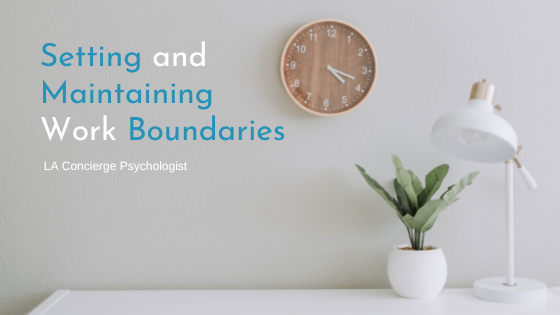When you feel upset, it’s only natural to try to feel better as quickly as possible. After all, fleeing from pain is what human beings do — whether it’s in the form of a saber-toothed tiger or an anxiety-provoking situation. Unsurprisingly, most of us ignore, dismiss, or bottle up our painful emotions. Yet, when we fail to “sit” with the discomfort, we prolong our pain.
Rather than picturing yourself trying to flee your hurt feelings, visualize moving through them as you would while navigating your car down a foggy highway. Sitting with your painful emotions is not easy and won’t be immediately comfortable, but it will help tremendously to process the pain that you face. Here’s how to practice this beneficial skill:
1. Notice How Your Body Responds to Emotional Pain
Your body and your mind are connected powerfully. They mirror each other flawlessly. Most of the time, people just don’t stop to pay attention to what one or the other is communicating. However, paying attention to your body is one way to acknowledge what you’re feeling without judging yourself. As mentioned, the body doesn’t lie.
So firstly, to calm your inner storm, observe your own body. Notice how you feel when you think about the situation that caused you pain.
For example, does your throat begin to clench as if you were going to cry? Or, does your chest feel heavy? Do your shoulders tense up, causing tension in your neck? Does your stomach feel unsettled or nauseous?
By observing your body’s responses, you can more readily accept and process the painful emotions you feel inside.
2. Validate Your Emotions Instead of Judging Them
After pinpointing how you physically feel, make it a point to let your emotions pass before you as well. Acknowledge how you feel. Are you angry, sad, frustrated?
Keep in mind that this is often the most uncomfortable part of sitting with your painful emotions — just feeling them. Instead of fighting them, observe them as if they are floating down a river. It requires a lot of vulnerability and, yet, it’s a vital step to the entire process.
Plus, doing anything but validating your emotions only makes matters worse. So, try to let yourself feel what you feel.
The most important part of this particular step is to accept the painful emotions as they come to you. Besides, acceptance is the crux of self-validation. Avoid making excuses, pushing your feelings down, or scolding yourself for feeling them.
3. Opt for Mindfulness or Grounding
If you’re like most people, then you tend to find a way to distract yourself from any type of pain, emotional or physical. This approach becomes problematic when the distraction is unhealthy such as alcohol, isolation, physical harm, etc.
Practicing mindfulness might be something as simple as focusing on your drive to the grocery store rather than ruminating about the painful situation. When you notice anger or sadness bubbling up, purposefully refocus yourself. Try to stay in the present moment and ground yourself in reality, rather than retreating into your mind. For example, instead of fixating yourself on the details surrounding your pain, listen to the sound of your car’s engine, focus on the other vehicles on the road, or open the window to feel the breeze.
Mindfulness and grounding allow you to feel your emotions without feeling overwhelmed. It’s a way to stay in control while continuing the process of sitting with your painful emotions.
—
Together, we can examine solutions and work to build powerful skills that will help you to process any emotion that you face.
For more help learning how to “sit” with your painful emotions, send us a message or book a free 20 minute consultation call with Dr. Barajas or Dr. Goldman.
Click here for more information on executive coaching.



